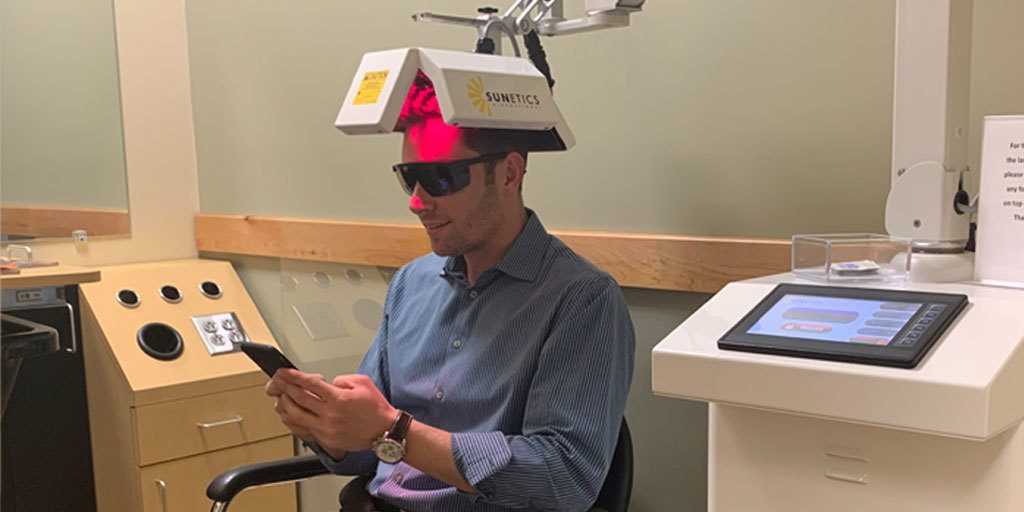Both laser and LED therapies rely on being able to deliver an adequate amount of energy to the target tissue in order to precipitate a photochemical process known as photo biomodulation. PBM is a nonthermal process involving endogenous chromophores eliciting photophysical and photochemical events at various biological scales. Some processes that are impacted include, but are not limited to, the alleviation of pain or inflammation, immunomodulation, and promotion of wound healing and tissue regeneration.
Both sources of light share the same mechanism of action and are both commonly generated using diode technology. When used and studied in therapeutic applications, both lasers and LEDs are often built to emit similar wavelengths, either in the red or near-infrared spectrum, and have been shown to have inflammatory reduction properties. Significant differences between the two do exist, however; including the power generated, the specificity of wavelength, and the physical characteristics of the beam generated from the diode.
Laser light is unique, in that it is monochromatic, coherent, and collimated. These traits make it well-suited to many medical applications. The monochromatic, or single wavelength, beam is ideal for stimulating chromophores in biological tissue that only respond to very specific wavelengths. Coherent photons are organized where non-coherent photons are not. This property is important to minimize photon scatter as light interacts with tissue. Lastly, since injured tissue is normally deep in the body, laser’s columnated beam helps focus energy in a narrow, direct path which is ideal for treating tissues at depth.
LEDs usually emit light in a small band of wavelengths (~20 nm wide) but cannot emit a single specified wavelength (~1 nm wide). This bandwidth impacts their ability to dial in the wavelength to optimally target desired tissues. Additionally, LEDs produce neither a collimated nor coherent beam, which is less ideal when treating deeper tissues. Lastly, LED’s operate at significantly lower power (wattage) than most lasers, which impacts their ability to reach deeper tissues in smaller windows of time.
When trying to target deeper tissues, wavelength is a critical variable that can play a significant role in the light’s ability to penetrate tissue. But it is not the only determining factor in therapeutic effectiveness. Power is a second variable that also plays a large role in determining both proper use and consistency of outcomes for light-based therapies. Lasers are generally capable of producing much higher powers than LEDs, which significantly impacts their ability to reach deeper tissues, especially for hair regeneration purposes. This is due to the concept of therapeutic depth, which involves getting an adequate amount of photonic energy to injured tissue to have a photo biomodulation effect. Since a significant amount of light is lost as it passes through tissue, having more initial power at the surface improves the modality’s ability to provide adequate amounts of energy at depth.
LEDs often get a lot of initial attention because they are much cheaper than laser technology. Lasers used to treat deep tissue (that offer a wider range of power), however, give providers the most flexibility in terms of treatment capabilities as they can be used to treat both superficial and deep conditions, while reactivating cellular response to grow hair.
Hair Restoration experts have found that the use of low level laser energy is superior to the treatment of hair loss due to the depth of the light and the ability to heal and replenish at the cellular level. To learn more about low level laser light therapy, click here.




